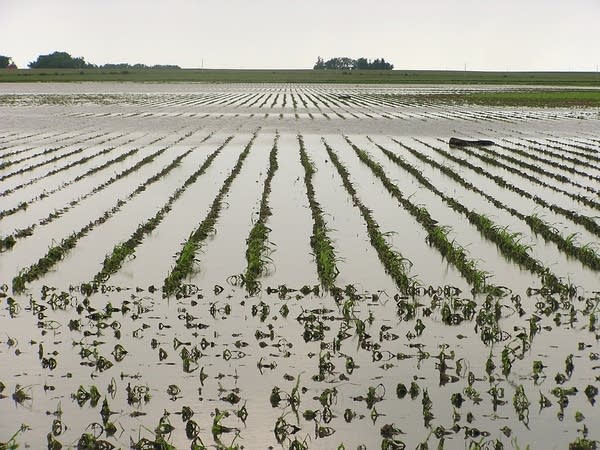Across Minnesota, rising waters pose hardships for farmers and residents

A flooded farm field about seven miles southwest of Worthington, a mile or so north of the Iowa border, June 17, 2014.
Mark Steil/MPR News
Go Deeper.
Create an account or log in to save stories.
Like this?
Thanks for liking this story! We have added it to a list of your favorite stories.


